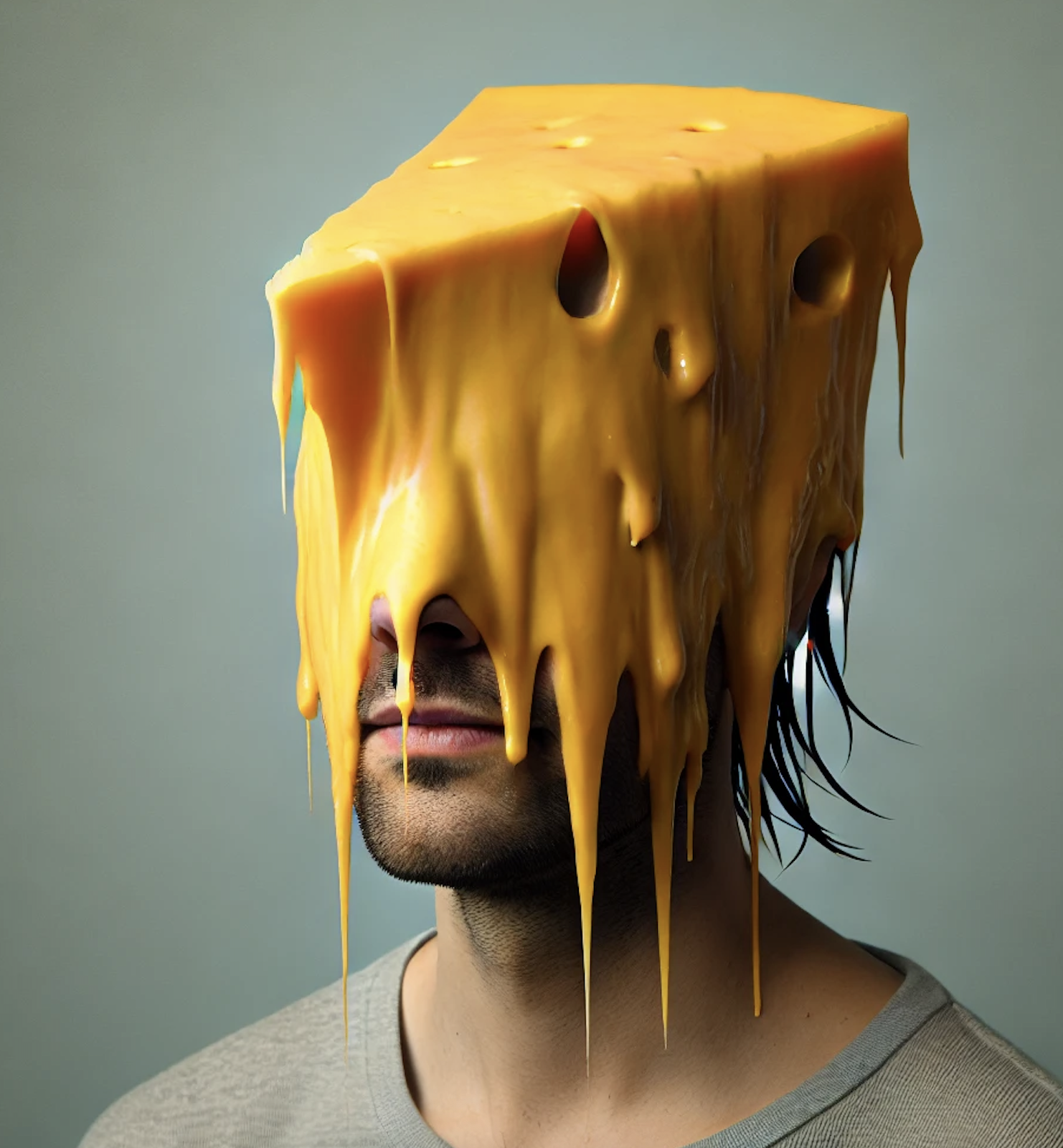
Approximately 34 million photos are generated by AI every day. Image generative AI tools, such as Midjourney, DALL·E, and Stable Diffusion, enable users to generate well-crafted and elegant designs in mere seconds. AI has become a common tool for artists in facilitating creative processes, allowing artists to explore new styles, automate repetitive tasks, and even enhance human creativity by offering limitless possibilities for artistic expression. However, there is always the question: can AI generated art be copyrighted? The U.S. Copyright Office (USCO) has long maintained that only works with a sufficient degree of human authorship are eligible for copyright protection. The agency’s Compendium of Practices states that “[t]he crucial question is ‘whether the “work” is basically one of human authorship, with the computer [or AI] merely being an assisting instrument, or whether the traditional elements of authorship were actually conceived and executed by a machine.’”
In the 2023 case Thaler v. Perlmutter, Stephen Thaler, an AI system creator, attempted to register copyright for a picture created by his AI system, the Creativity Machine. Thaler only provided Creativity Machine with a general prompt and did not select, edit, or modify the output in any way after the image was generated. Thus, the court ruled against Thaler. This ruling affirmed that a human must exercise creative control over their work to ensure its copyright protection eligibility, and simply prompting AI to generate images will disqualify the resulting art from said eligibility. Recently, Invoke Studios’ CEO Kent Keirsey successfully secured copyright protection for the artwork, A Single Piece of American Cheese. The image was digitally created using an AI platform Invoke and involved some human modifications thereafter. A Single Piece of American Cheese became the first AI generated image registered by USCO.
At first glance, it might appear that, by allowing an AI created image to receive copyright, the USCO has moved away from its traditional stance on “human authorship”. However, in this case, the Office granted the registration because the image incorporated sufficient human creative input, setting it apart from purely machine-generated works in its previous rulings. Kent Keirsey recorded a video of the image creation process, which provided evidence of human modifications, that the USCO relied on to conclude that the art met the copyright eligibility requirement. Particularly the video demonstrated that after providing the initial prompt to the image-generative AI, Kent Keirsey continued to refine the output by directing Invoke to change colors, reshape the hair, add new image, etc., thus maintaining human control over the creative processes and the end result.
The copyright registration of an AI-generated image signals an evolving approach to copyright in the digital age. If a human creatively selects, arranges, or modifies AI-generated content, the final image or certain portions of it may qualify for copyright protection. Nevertheless, currently, the mere selection of prompts, even if those prompts are detailed and are the product of some human effort, does not in itself yield a copyrightable work. As shown by A Single Piece of American Cheese, the USCO requires a human author to take a dominant role in creatively selecting, arranging, and modifying the art’s details after its initial output. However, the creativity is embodied through the input prompts themselves, whereas the direct visual output is created by the generative AI. This change begs the question: Is this shift in the creative process, where human creativity lies primarily in crafting prompts while AI generates the output, a direction we want to encourage in the future of the art industry?
